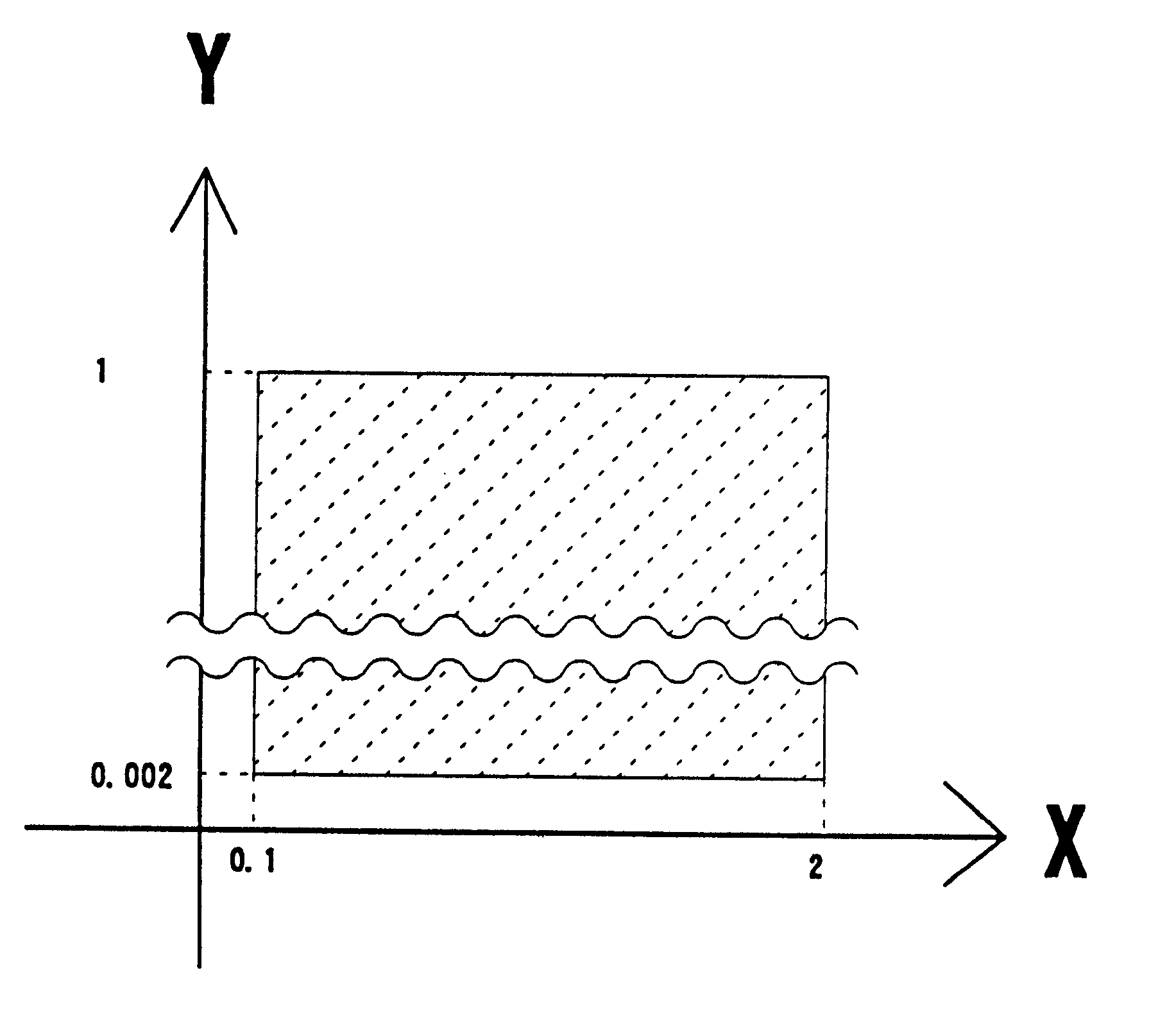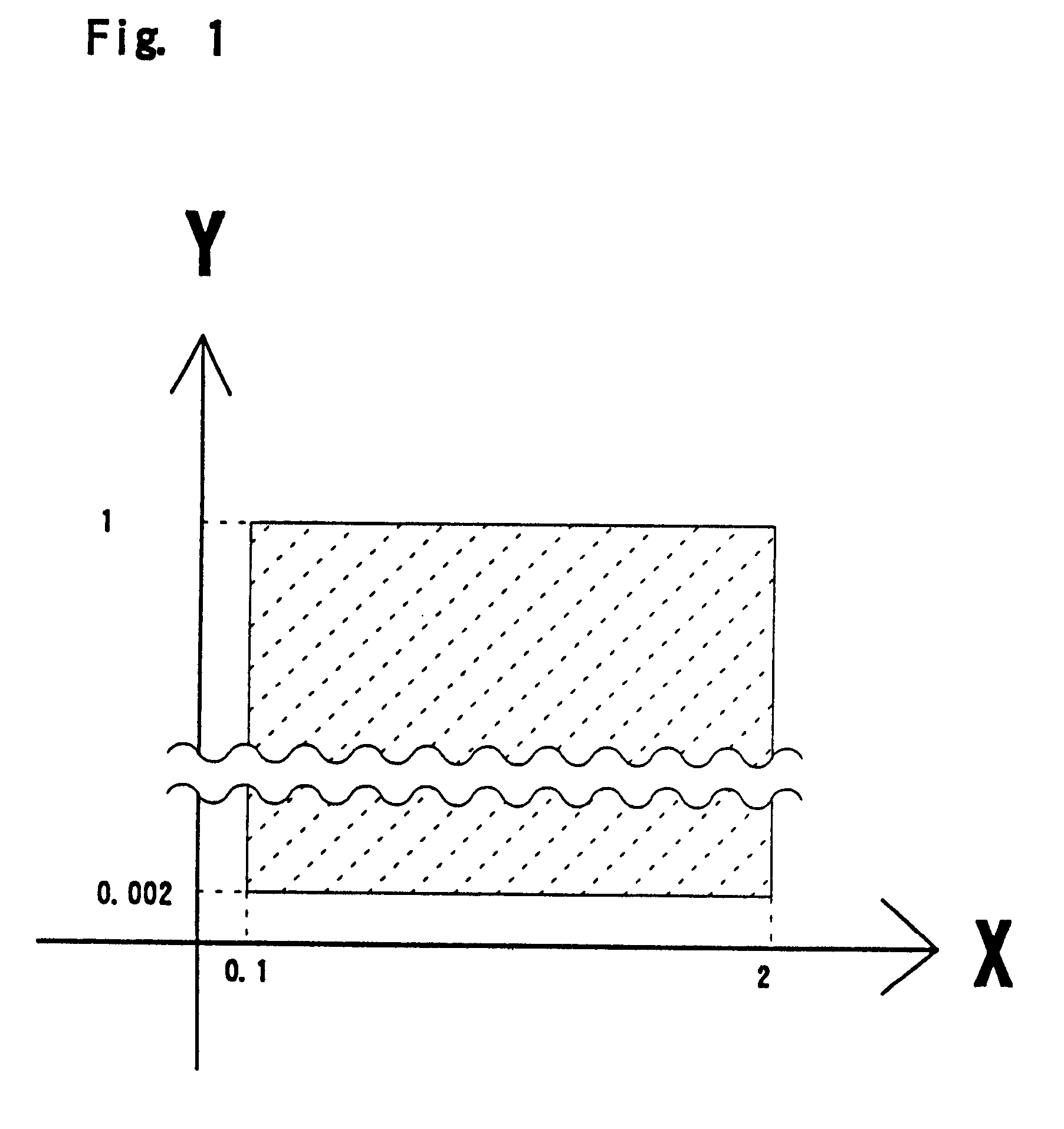Lead-free solder alloy
a solder alloy and lead-free technology, applied in the field of lead-free solder alloy composition, can solve the problems of insufficient flowability to be suitable for nozzle-type soldering operation, insufficient mechanical strength, and inability to offer flowability, etc., to achieve the effect of slowing the growth of brittle compound layer and reducing copper density differen
- Summary
- Abstract
- Description
- Claims
- Application Information
AI Technical Summary
Benefits of technology
Problems solved by technology
Method used
Image
Examples
Embodiment Construction
The physical properties of solder alloys having the composition of the present invention are listed in Table. The alloy of 0.6 wt % Cu, 0.1 wt % Ni, and the remaining percent Sn, which the inventors consider one of the proper compositions of solder alloy, was prepared.
Its liquidus temperature was approximately 227.degree. C. and its solidus temperature was approximately 227.degree. C. Tests were conducted using a differential thermal analyzer at a temperature rise rate of 20.degree. C. / minute.
The specific gravity of the alloy, measured using a specific gravity meter, was approximately 7.4.
Tensile test under a 25.degree. C. room temperature atmosphere:
The tensile strength of the alloy was 3.3 kgf / mm.sup.2 with a stretch of approximately 48%. The conventional Sn--Pb eutectic solder alloy, tested under almost the same conditions, exhibited a strength of 4-5 kgf / mm.sup.2. The alloy of the present invention has a tensile strength lower than that of the conv...
PUM
| Property | Measurement | Unit |
|---|---|---|
| melting point | aaaaa | aaaaa |
| melting point | aaaaa | aaaaa |
| temperature | aaaaa | aaaaa |
Abstract
Description
Claims
Application Information
 Login to View More
Login to View More - R&D
- Intellectual Property
- Life Sciences
- Materials
- Tech Scout
- Unparalleled Data Quality
- Higher Quality Content
- 60% Fewer Hallucinations
Browse by: Latest US Patents, China's latest patents, Technical Efficacy Thesaurus, Application Domain, Technology Topic, Popular Technical Reports.
© 2025 PatSnap. All rights reserved.Legal|Privacy policy|Modern Slavery Act Transparency Statement|Sitemap|About US| Contact US: help@patsnap.com


